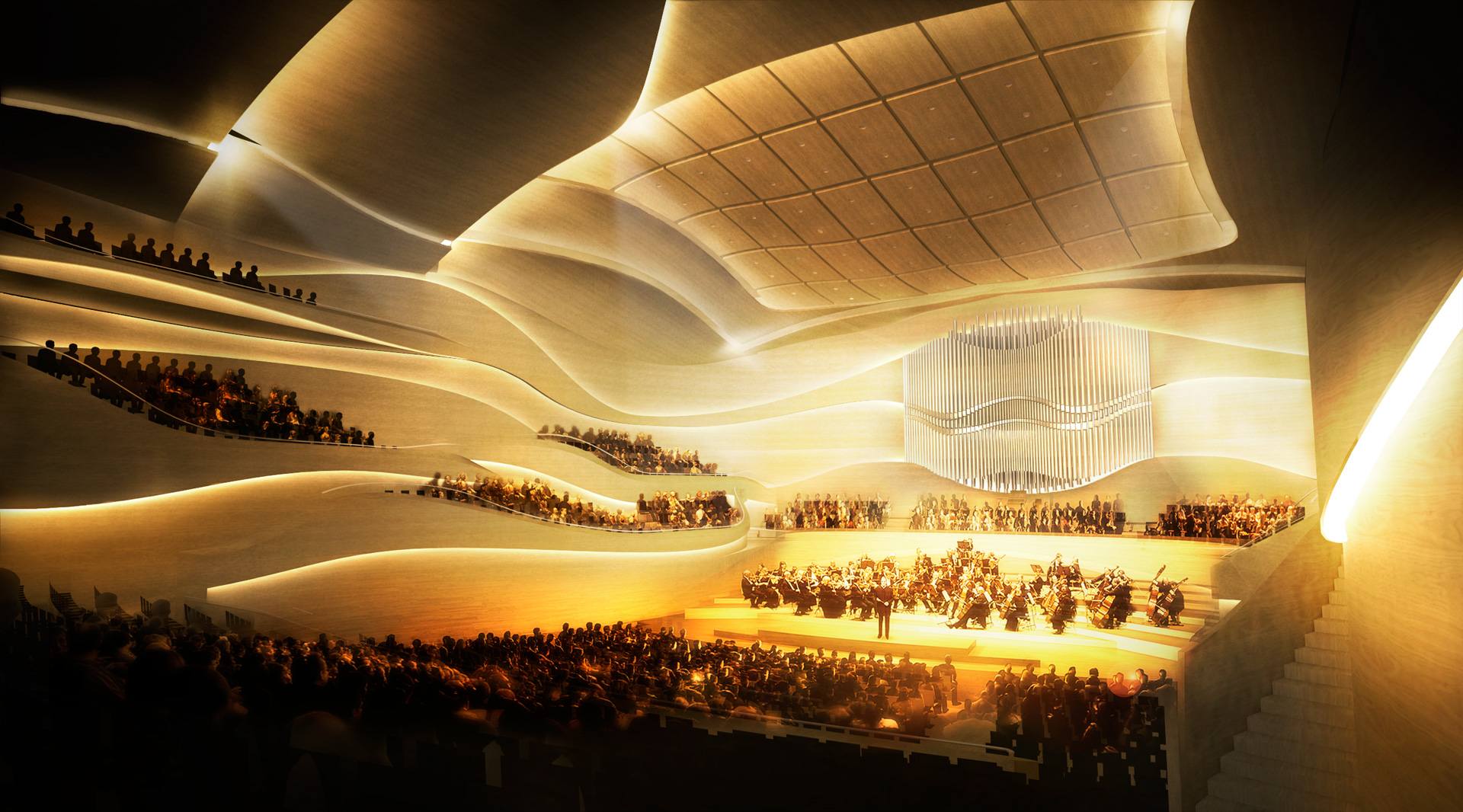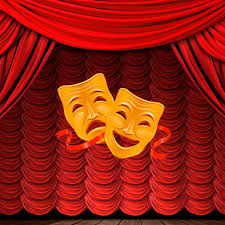Stamp: Theatre on Mayakovsky Square (Soviet Union, USSR 1937)
Theatre on Mayakovsky Square (Soviet Union, USSR 1937)
16 June (Soviet Union, USSR ) within release Architecture of New Moscow goes into circulation Stamp Theatre on Mayakovsky Square face value 3 Russian kopek
| Stamp Theatre on Mayakovsky Square in catalogues | |
|---|---|
| Stanley Gibbons: | Sg: SU 734b |
Stamp is horizontal format.
Also in the issue Architecture of New Moscow:
- Stamp - Theatre of Red Army face value 50;
- Stamp - Theatre at the Maykovsky square face value 3;
- Stamp - Building of "TASS" face value 5;
- Stamp - Theatre at the Maykovsky square face value 10;
- Stamp - Building of "TASS" face value 15;
- Stamp - Theatre of Red Army face value 20;
- Stamp - "Moscow" hotel face value 30;
- Stamp - Palace of the Soviets face value 40;
- Stamp - Theatre at the Maykovsky square face value 10;
- Stamp - Building of "TASS" face value 15;
- Stamp - Palace of the Soviets face value 40;
- Stamp - Building of "TASS" face value 5;
- Stamp - Central Theatre of Red Army face value 20;
- Stamp - Central Theatre of Red Army face value 50;
- Stamp - Hotel "Moscow" face value 30;
- Stamp - Hotel "Moscow" face value 30;
- Stamp - Theatre on Mayakovsky Square face value 3;
Stamp Theatre on Mayakovsky Square it reflects the thematic directions:
Architecture (Latin architectura, from the Greek ἀρχιτέκτων arkhitekton "architect", from ἀρχι- "chief" and τέκτων "builder") is both the process and the product of planning, designing, and constructing buildings and other physical structures. Architectural works, in the material form of buildings, are often perceived as cultural symbols and as works of art. Historical civilizations are often identified with their surviving architectural achievements.
A concert is a live music performance in front of an audience.The performance may be carried by a single musician, sometimes then called a recital, or by a musical ensemble, such as an orchestra, choir, or band. Concerts are held in a wide variety and size of settings, from private houses and small nightclubs, dedicated concert halls, amphitheatres and parks, to large multipurpose buildings, such as arenas and stadiums. Indoor concerts held in the largest venues are sometimes called arena concerts or amphitheatre concerts. Informal names for a concert include show and gig. .
Theatre or theater is a collaborative form of performing art that uses live performers, usually actors or actresses, to present the experience of a real or imagined event before a live audience in a specific place, often a stage. The performers may communicate this experience to the audience through combinations of gesture, speech, song, music, and dance. It is the oldest form of drama, though live theatre has now been joined by modern recorded forms. Elements of art, such as painted scenery and stagecraft such as lighting are used to enhance the physicality, presence and immediacy of the experience. Places, normally buildings, where performances regularly take place are also called "theatres" (or "theaters"), as derived from the Ancient Greek θέατρον (théatron, "a place for viewing"), itself from θεάομαι (theáomai, "to see", "to watch", "to observe").


